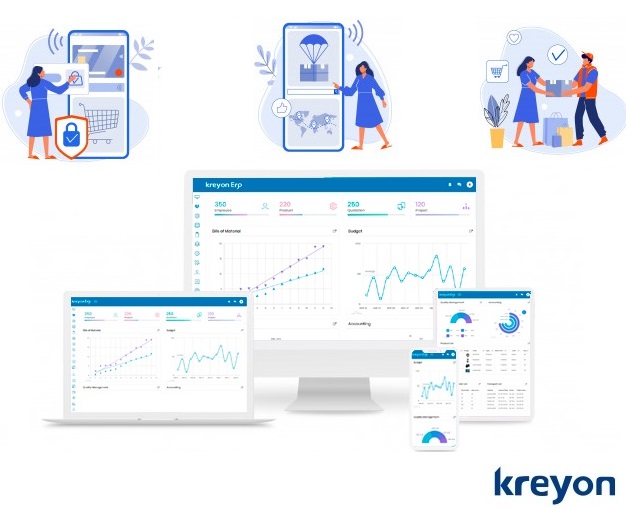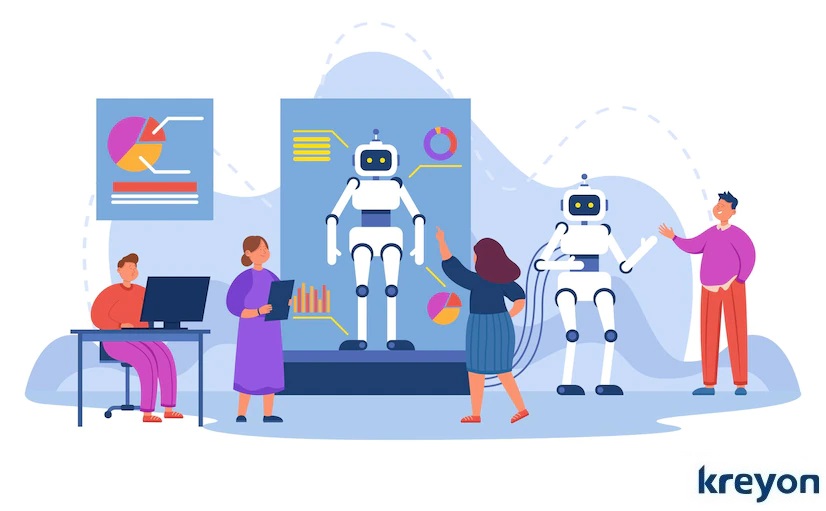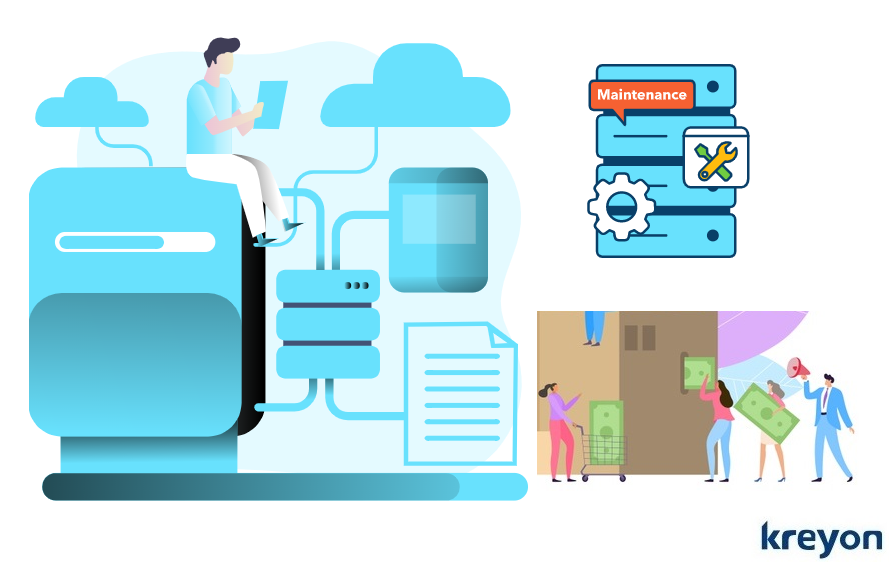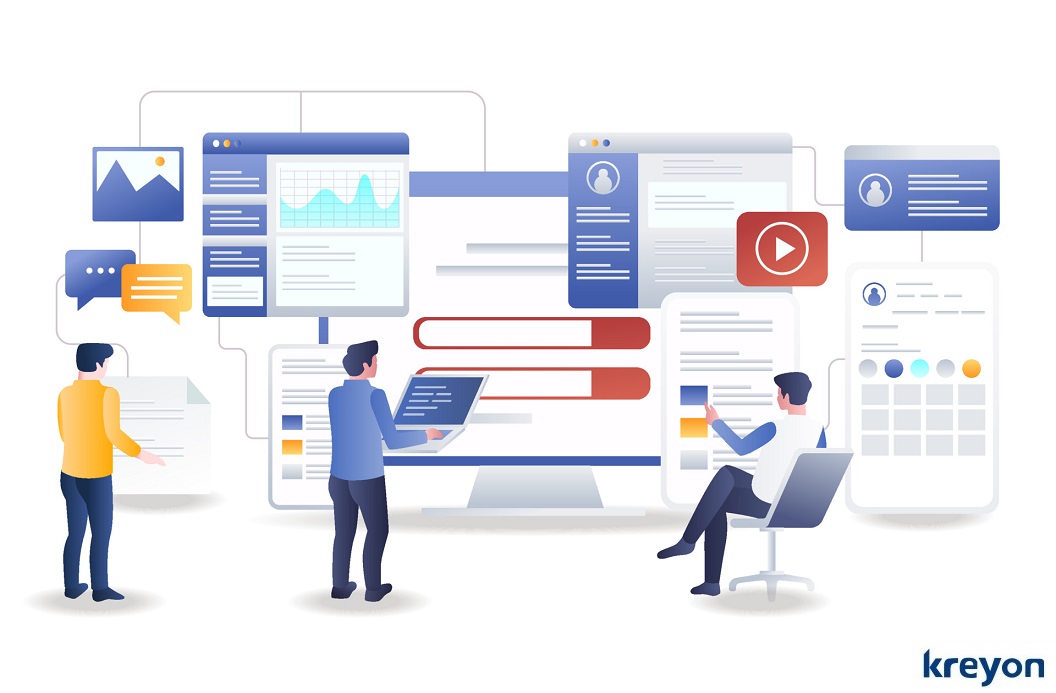8 Most Common Mistakes Made by New Software Developers
Software developers are in demand owing to the increasing demand for digitization and SaaS solutions. 57% of IT companies plan to focus more on software development. Many companies are building their own SaaS products, apps and undergoing a digital transformation.
The products and services offered through traditional channels is now being offered with innovative digital technologies. The increasing demand for technology products means software developers are in demand, but the industry is also witnessing higher attrition levels than ever before. It is part and parcel of the dynamic IT industry.
As companies brace themselves for the digital wave, new software developers entering the industry must be ready for prime time. The development quality and ability to provide top class solutions is critical to the growth trajectory of software developers. Here we look at some of the mistakes made by new software developers and how they can be eliminated using inversion.
1. Writing Code without Understanding Use Cases
Planning is essential to writing code that solves the problem. Good understanding of a problem gives you the ability to think through use cases. Good developers understand the use cases and corner cases for which they are building the solution.
Good developers start with customers. Users and development teams can be a drastically distant set of users. Understanding things from the perspective of your users or customers is the key to building the right software products. The best software developers ask understand questions like:
What do the users want to accomplish?
How would they interact with the product or service I am building?
How quickly does the user receive value for time spent on the product or service?
What is the job the customer wants to do with our product or service?
What are the current hurdles for the customer and how can our product or service address it?
Do I understand the type of users for whom this solution is built?
2. Code Quality & Documentation

Developers need to be able to document things that they are doing. Software development is a job that passes from one engineer to the other. Attrition and changes are part and parcel of the industry. So, developers must keep in mind that they would be passing on the baton to someone in the future.
It could be due to them getting promoted, changing jobs or simply changing the projects. It is inevitable that someone else would be working on the project, code quality and documentation is a rarely appreciated skill, but perhaps it is easily one of the most critical ones to the sustenance of the project.
Software developers need to understand the design principles and best practices of the programming languages they are using. By using a structured approach to writing code, you can not only ensure top quality, but also help your team to work on the codebase with ease.
3. Choosing the Right Approach
Good programmers don’t jump to solutions without understanding the fundamentals, architectural requirements and scenarios for which they are solving.
The right architecture, design pattern, data structures, methodology can make a big difference to the solution. The right approach requires a careful consideration of the key components, building a modular design and adopting the right approach.
The intersection of technology and customer needs helps companies deliver top solutions. The right approach seeks the best tools and technologies that can solve the problems of the customer seamlessly. When technology complicates things, it gets replaced.
The right approach to code development involves tradeoffs between options and choosing the best ones for your purpose. Some of the key questions software developers need to ask are as follows:
What are the advantages of technology you are using?
What are the disadvantages of technology used?
Which new technological tools can help you solve this better?
What are the alternative options for customers that solve the problem and how does your solution compare to them?
What are the alternative ways customers can solve things, if they don’t use your solution?
What will be the architecture of the application — Centralised, distributed, replicated etc?
What will be the services and modules required for the application?
Are there any failure and recovery mechanisms needed?
What level of security and authorisations will be needed for the project?
What are the requirements for the data on the server, are all compliances met?
Do we need to develop a quick prototype or a fully scalable product?
4. Quick Fixes & Technical Debt
Nothing hampers the quality and longevity of a codebase than quick fixes. When developers are assigned to solve problems, they are firefighting with critical deadlines that need to be addressed.
Clients are breathing down the neck of the development team, QA teams cannot do coverage for every line of code and developers don’t write test cases for all the code for fixing the bugs. This results in technical debt, the solution may have provided a temporary fix the problem, but would introduce several more bugs into the system. It is a vicious cycle.
Developers must fix bugs in line with a keen understanding of the impacts their fix would have on the system. Automated test cases must be passed before the code is deployed for production.
A thorough code review ascertaining the architectural and quality guidelines must be passed before the solution is presented to the clients. It is better to have a late fix than a wrong fix, which leads to more patch work.
5. Learning Developments in the Industry

It is important to embrace the new developments in your industry. When you are writing code and building solutions with outdated technologies, you will incur significantly more effort. But when you leverage the latest technologies and tools, it will reduce your effort and you can use the same time to deliver a better solution.
The technology industry is dynamic and staying upto date can be a challenge. New developers must be able to identify the right channels for learning new developments in their fields of expertise. Staying upto date and use of relevant technologies is a core development skill today.
Software developers need to understand the trends in technology. For e.g. there could be new developments and technological changes that could obsolete their work. In such situations, they will need to update their products or services accordingly.
6. Use of Libraries
The web development and programming in general is facilitated by libraries, SDKs, and language frameworks. In essence, these libraries provide APIs and constructs to accomplish a set of tasks.
Rewriting the same code becomes redundant, seasoned developers know which libraries to leverage and when to write code from the scratch. A library provides functions and objects that can be readily called by your application to implementing specific functionalities.
For e.g. libraries could offer specific functionalities for strings, fileIO, sockets, etc. These functions can be called using APIs. For large scale applications that require retrieving, indexing, searching, large data sets, libraries may be used for implementing these functions rather than rewriting the code from scratch.
Experienced developers understand and use libraries and frameworks. They know where to focus their programming effort to build the best solutions.
7. Usability Design
Good development is when users are able to get their jobs done. Usability design and user experience is what makes code development useful. Usability design is an integral part of the web software and apps. The usability design facilitates a rich interaction between the technology and the users.
Developers need to understand things from the layman’s perspective. When building a new enterprise project or app, the usability aspects drive the adoption of the products you are building.
The best software developers use gamification, automated workflows, intuitive designs, clear messages and integrated help for the users. It helps the users connect with the product or service with ease, increases the uptake and creates a habit loop for them.
Usability design makes a product or service delightful, sticky and engaging. Lack of it causes gaps in products or services, makes users frustrated and increases customer churn.
8. Improvise Existing Features

Many software developers often cringe at the sight of making changes to what they have implemented. But feedback and iterations are the starting point for improving the product or service you are building.
Improving the code requires constantly evaluating the usage data and improving the product, it also mandates explicit collection of customer feedback to see if they are getting the value.
Three ways to improve existing features:
i) Improve the product functionally, emotionally or aesthetically
ii) Frequency of Usage ( Making changes so that your product is used for often)
iii) Getting more people to use your products or services
The feedback ensures that the time to value from the code is optimized. In other words, customers can derive value from your code in their earliest interactions with your product. When the time spent on your product creates value the users, they will use it more.
The software developers also need to ensure that technical parameters with respect to security, user data and application performance and scalability etc. is fine tuned. And feedback also means not writing code for features users don’t want.
Kreyon Systems offers exciting opportunities for software developers, product managers, and other IT professionals. If you are looking for IT jobs, you may please contact us.

